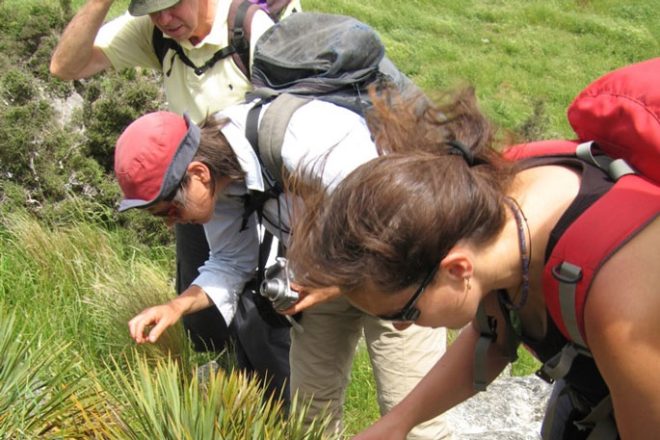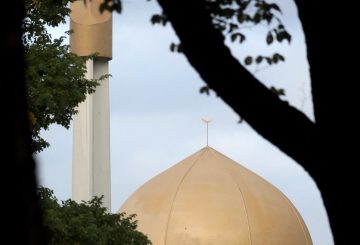坎特伯雷大学的研究人员及其合作伙伴开发了一款名为Find-A-Pest的应用程序,以帮助新西兰人对抗入侵性害虫。该应用程序允许用户识别和报告入侵植物、动物和昆虫,有助于保护新西兰的环境。
该应用程序在新西兰是独一无二的,因为它创建了害虫信息数据库,供包括初级产业部、保护部、地区委员会和主要产业团体在内的多个组织使用。
为该应用程序提供建议的史蒂夫·帕森副教授说,它也可以用作教育工具。该应用程序使用人工智能 (AI) 来识别害虫,并提供有关其栖息地、宿主和分布的信息。然后,专家小组确认这些身份并向用户提供反馈。
对于任何有兴趣保护环境的人来说,Find-A-Pest 都是一种宝贵的资源。通过使用该应用程序,个人可以帮助尽早发现害虫,支持害虫管理工作并最大限度地减少对环境的破坏。
自2018年推出以来,初级产业部(MPI)在开发Find-A-Pest方面发挥了重要作用。MPI首席生物安全官彼得·汤普森说,该应用程序是生物安全工具箱中的另一个工具,它鼓励更多的人帮助保护环境免受入侵物种的侵害。
用户自己不必成为害虫专家。人工智能帮助识别物种,然后专家交叉检查识别结果。根据用户的反馈,该应用程序已更新,以提供离线功能、即时识别、简单的报告流程以及教育用户了解新西兰害虫的关键信息。
波森副教授说:“我们对这次更新感到非常兴奋。”“我们的团队孜孜不倦地努力整合用户的反馈并提供更好的体验。我们相信,这些变化将使 Find-A-Pest 更具吸引力、更直观,对每个人都更有用。”
该应用程序可以从 Find a Pest 网站下载。





























































